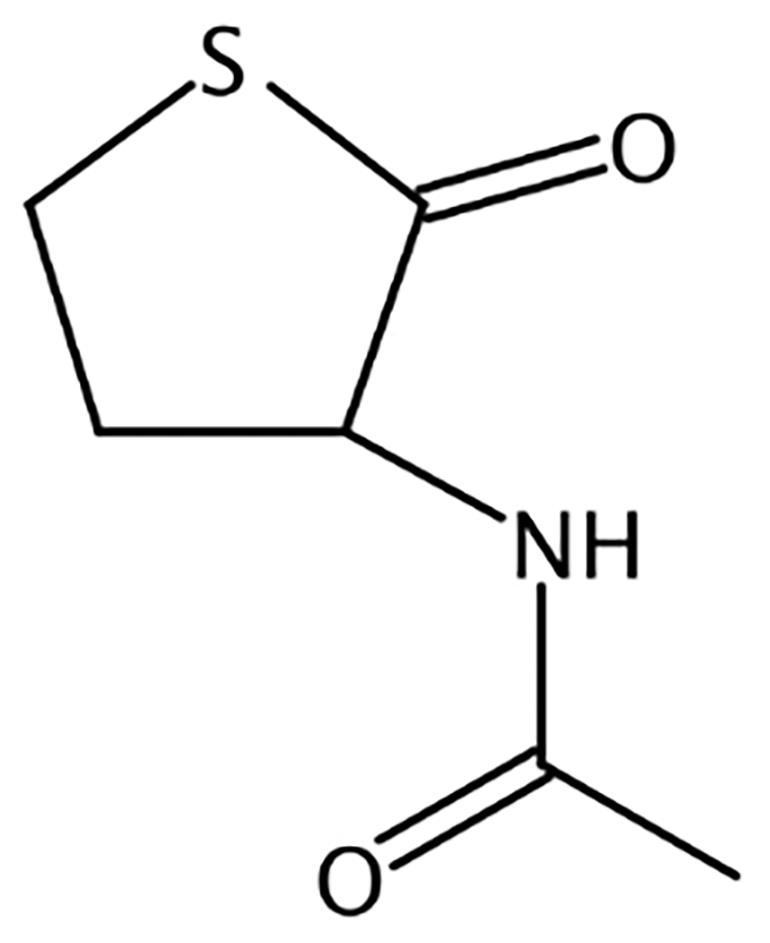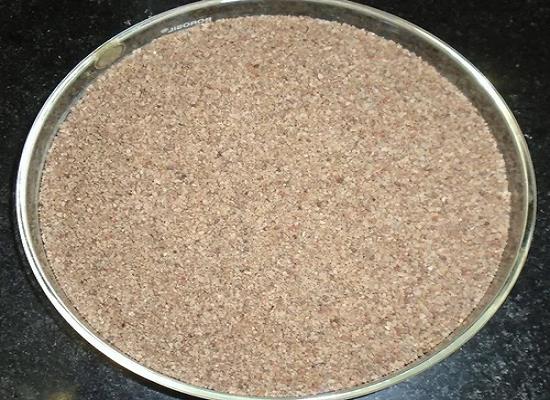Citiolone: Applications in Liver Cirrhosis and Side Effects
Citiolone (CIT) is also called DL-N-Acetylhomocysteine thiolactone. It is a white crystalline powder with the molar mass and density of 159.21 g•mol−1 and 1.260 ± 0.1 g•cm−3, separately.
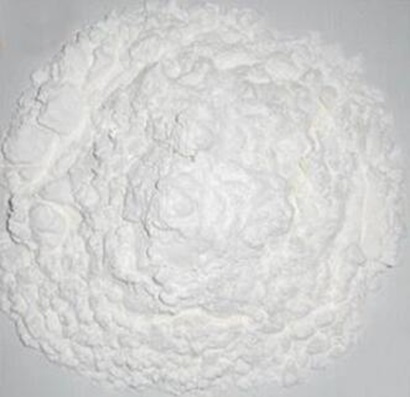
Applications in liver cirrhosis
In recent years, the development of modern medicine has been committed to the research and conquer of liver disease. The most representative of liver diseases is viral hepatitis. Viral hepatitis has become one of the global disease burdens, and the number of deaths from this disease is as high as 1.34 million every year. There are two types of drugs in the choice of hepatitis treatment drugs. The first type is used for the protection of liver cell membranes, such as polyene phosphatidylcholine; the other type is hepatitis caused by poisoning, reduced glutathione or acetylcysteine are available. Citiolone is a thiol-derived drug that is often used in Spain and other countries as a mucolytic agent for the treatment of certain liver diseases and to protect liver cell membranes CIT can also be used clinically for the treatment of infectious and toxic hepatitis.1
Side effects
Because citicoline occurs naturally in your body, it has low toxicity and a low risk of side effects.
Research, including a small 2021 trial, suggests that citicoline is safe and well tolerated. Side effects are rare and mild.
The side effects of citicoline may include:
headache
nausea
stomach pain
diarrhea
constipation
restlessness
ResearchTrusted Source suggests that citicoline interacts with the drug levodopa, a dopaminergic agent used to treat Parkinson's disease.
Reference
1.Fengxin Guo. “Solubility, molecular simulation, Hansen solubility parameter and thermodynamic properties of citiolone in thirteen organic pure solvents at different temperatures.” Journal of Chemical Thermodynamics 164 (2022): Article 106624.
You may like
Related articles And Qustion
See also
Lastest Price from Citiolone manufacturers
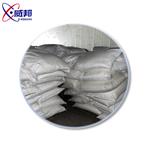
US $10.00/KG2025-04-21
- CAS:
- 17896-21-8
- Min. Order:
- 1KG
- Purity:
- 99%
- Supply Ability:
- 10 mt
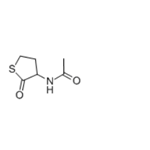
US $0.00-0.00/kg2025-04-04
- CAS:
- 17896-21-8
- Min. Order:
- 1kg
- Purity:
- 98%
- Supply Ability:
- 1Ton

